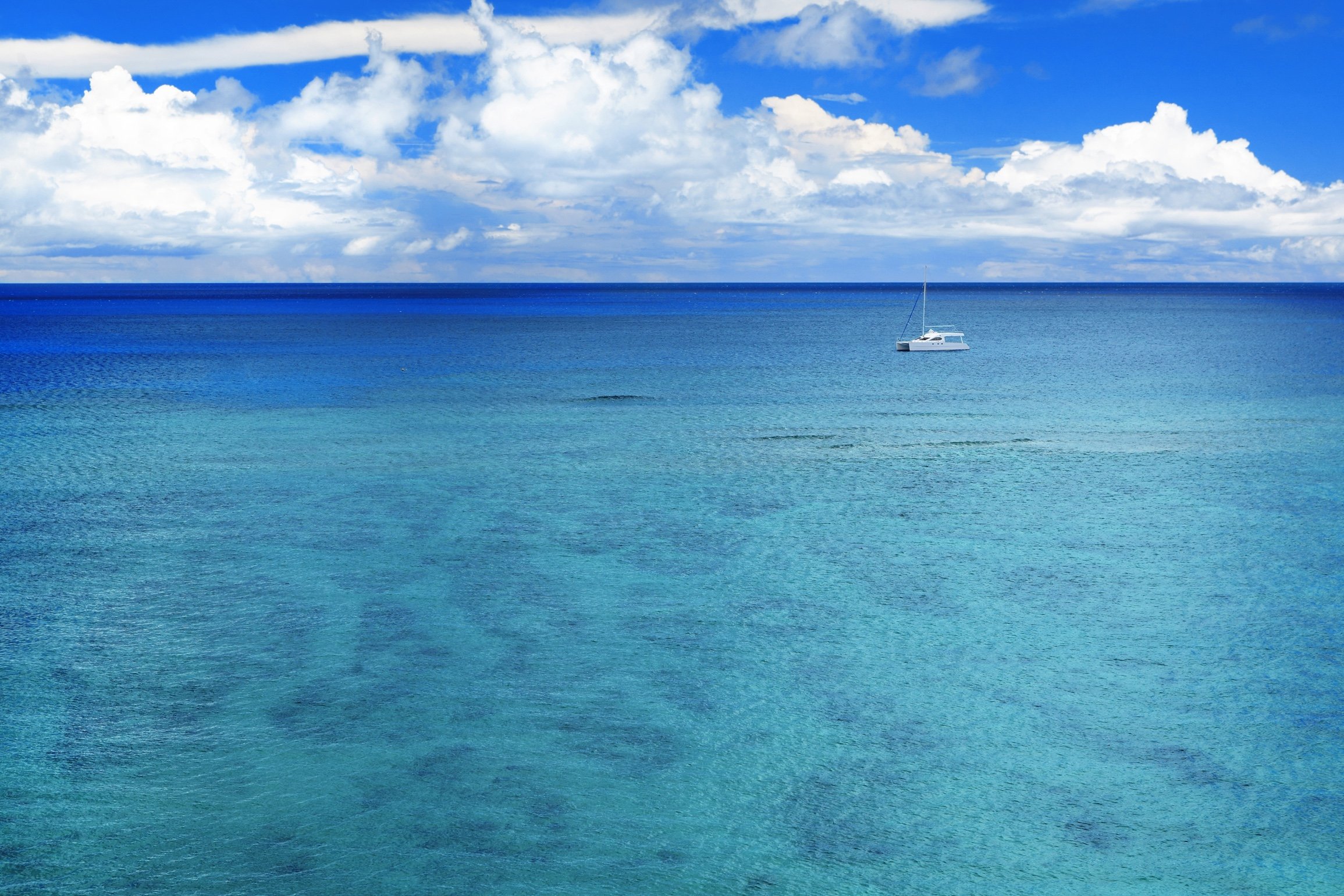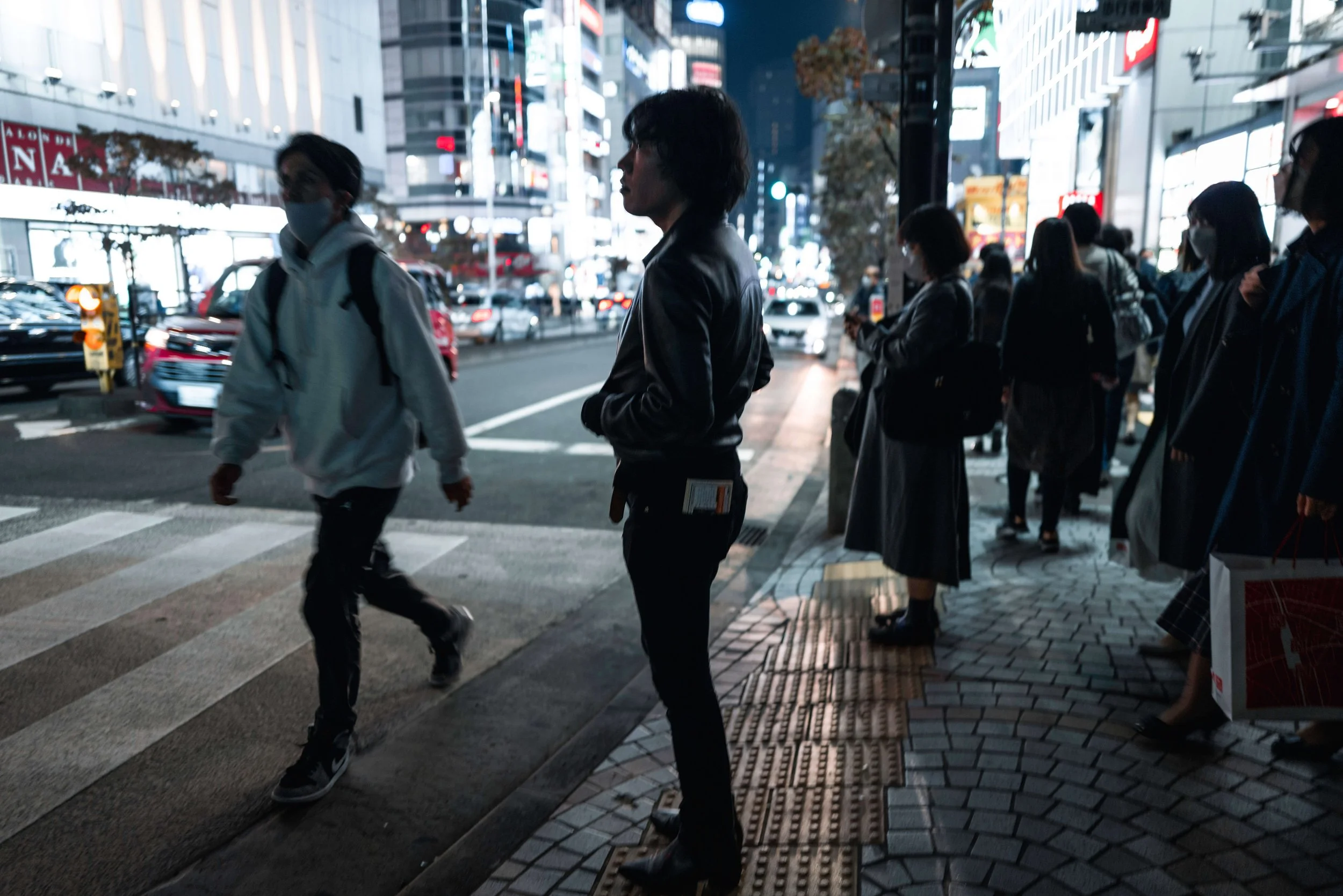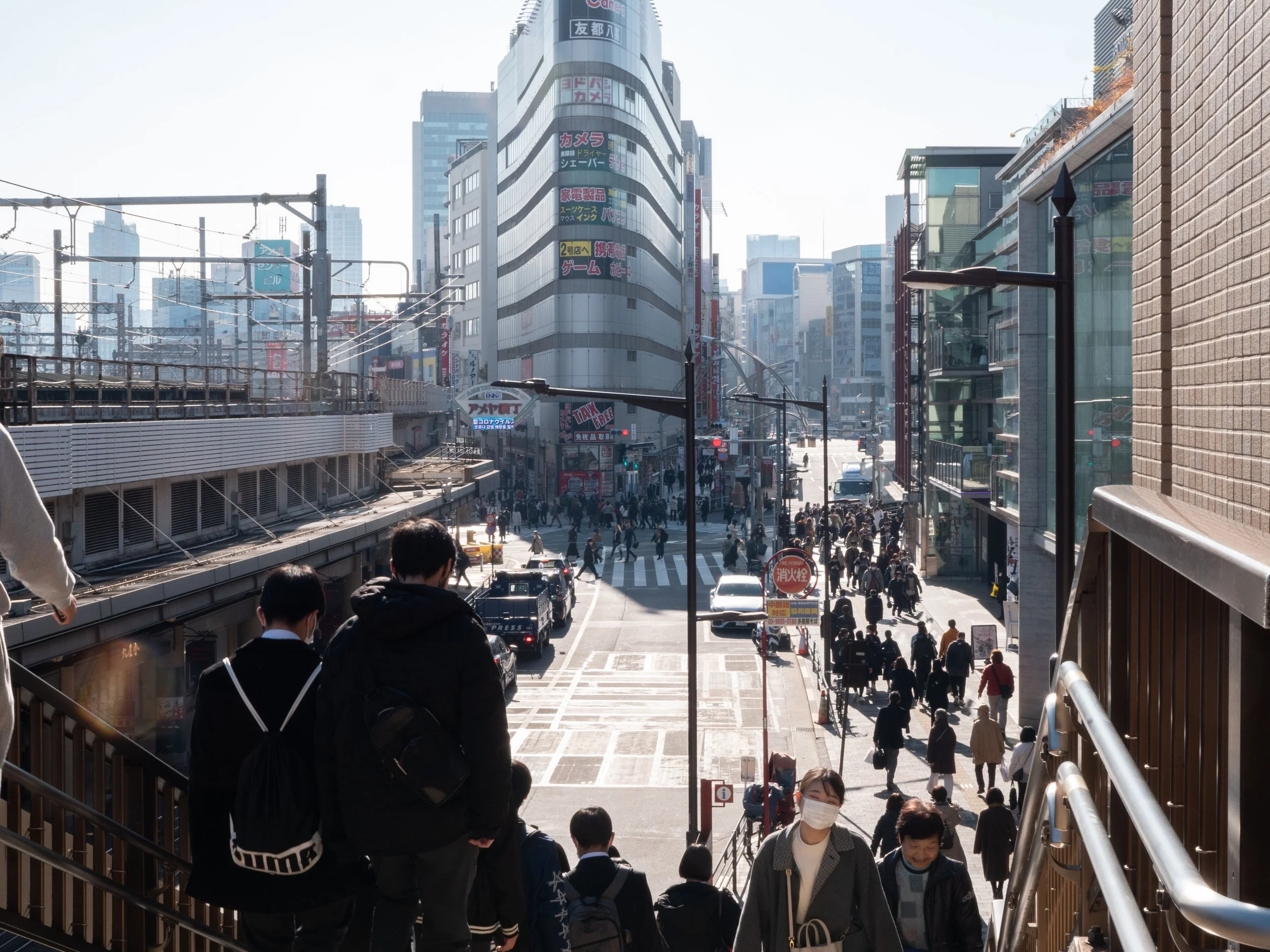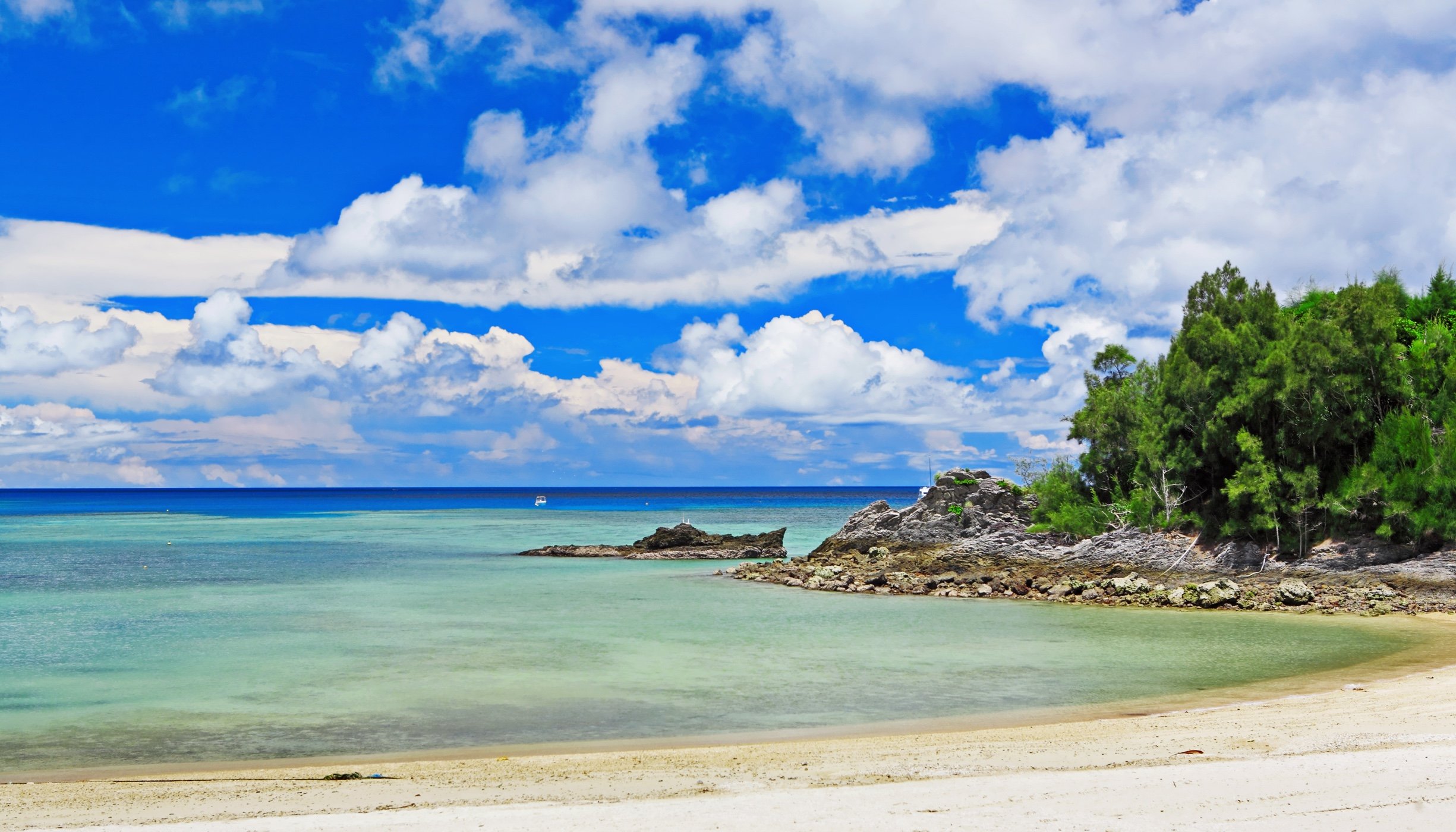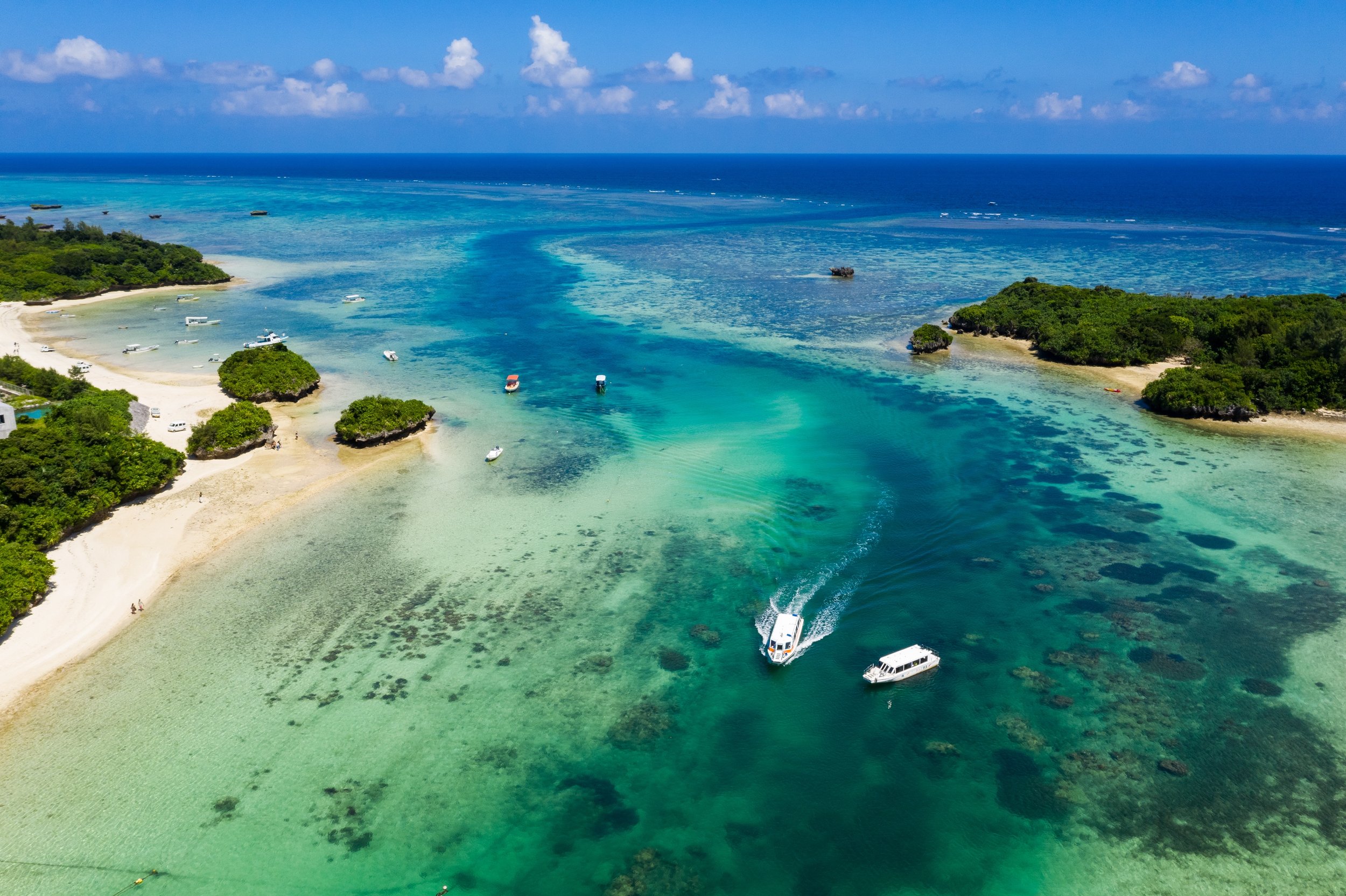
Ishigaki island - Okinawa
This is also Japan (but it doesn't look like it). Journey to the Yaeyama Islands, a remote corner of Okinawa next to Taiwan.
This is also Japan (but it doesn't look like it). Journey to the Yaeyama Islands, a remote corner of Okinawa next to Taiwan.
'How did you end up here? It's a remote island'. In Ishigaki, this question keeps coming back. But that is what brought us here, to the Yaeyama archipelago, 200 kilometres from Taiwan, the southernmost tip of Japan. What drives us is precisely the desire to get to the edge of the maps, to disprove and complete the short paragraphs devoted in guidebooks to places off the beaten track. 'Okinawa is not Japan' is the other phrase that friends and acquaintances had repeated to us, and it was precisely this that fascinated me, to see a different face of the country. In fact, these tropical islands remained independent for over 400 years, until the turn of the 20th century as the kingdom of Ryukyu, and its culture - the guidebooks write - is deeply influenced by neighbouring China.
Arrival in Ishigaki
We arrived from Kansai airport on a low-cost Peach flight, just 60 euros for the narrowest economy seat I have ever sat in (Japanese measurements?). It is April, we are in low season. And we realise it's not Japan as soon as we arrive: we end up in what is supposed to be the minshuku Rakutenya, which we immediately rename 'the hovel'. It is a delightful little wooden house, creaky and messy, run not by the loving couple described on the Lonely Planet (okay, dated), but by a long-haired guy in a Nofx T-shirt who immediately inspires sympathy in me, but who perhaps hasn't seen the colony of ants on the tatami and has also forgotten to lower the prices for the 'new course' of the guesthouse.
Definitely not the Japan we are used to. This is an island of surfers, hippies, sailors, families fleeing the city and American pensioners looking for a place in the sun. People who in Osaka and Tokyo feel like fish out of water.
However, despite a certain frontier atmosphere, the first impression is depressing: the main city seems ugly, gathered around a port with no atmosphere. The buses we relied on to get around the island - because I did not have an international driving licence - turn out to be rare and slow, unusable. The only beach near the town has beautiful sea, but it is overlooked by a huge, hideous hotel (the Ana international resort) and we watch in bewilderment as the local youths bathe fully clothed. At the only diving centre in town, even partly overcoming language barriers (and I speak Japanese), it is impossible to organise an excursion. And then in the evening, as heavy grey clouds crush over the city, there is no sign of life. The bad weather forecast throws us into despair and gripped by intense despair, we start looking at flights back to Osaka early in the night.
I know this melancholy. It is just traveller's fatigue, which - combined with a bit of bad luck - sometimes leads one to see everything black: it is not the first time it has happened to me, to feel a terrible sensation of being out of place, in the wrong place.
Fortunately, the flights cost too much and we are 'forced' to stay. Because this group of islands, with its nature, flavours, atmosphere and surprising encounters would have reserved us some of the most unforgettable moments of this trip.
Discovering Ishigaki
As always, one should not stop at first impressions. Moving away from the port, northwards, one discovers delightful houses and gardens, cosy cafés and splendid (splendid!) little shops selling local handicrafts: glass, ceramics, shirts, soap popping up among the usual holiday souvenirs. And it is exhilarating to dive into the local cuisine. When we enter Paikaji, a crowded izakaya next to the covered market, we are immediately asked if we speak Japanese: there is no menu in English.
But the help of the waiters, my knowledge and the dishes mentioned in the guidebook are enough to dive into the unknown territories of a dinner that becomes unforgettable: We order one small plate after another - in izakaya, the style is a bit like tapas - and in come squid ink fried rice (ikasumi chahan), goya champuru (tofu, egg, pork and goya, a kind of bitter cucumber typical of the island, all pan-fried), buta no mimi (pig's ears), rafute (large cubes of bacon cooked in awamori, the local sake, and sugar) and garlic fried tofu. Washed down with local beer, they are an exciting encounter with Yaeyama Island cuisine.
In Kabira bay
But the real surprises the island holds further north, where nature goes wild. We take a taxi (about 3,000 yen) to Kabira, where there is the most beautiful bay on the island, a paradise for scuba divers. The bottom is covered with corals and populated by spectacular marine fauna. However, one must forget about beach life: swimming is forbidden because of the strong currents and the constant coming and going of glass-bottomed boats makes relaxation impossible. For sunbathing, it is much better to go to nearby Sukuji (two kilometres, can also be done on foot) or to Yonehara, a few kilometres to the east. But in the morning, because in April the tide in the afternoon drops dramatically.
In Kabira, charmless scattered houses and a couple of nice places, we stay in the Minshuku Maetakaya (it has now changed management, but still exists), a guesthouse run by a nice lady who cooks excellent dinners. In minshuku - and this is a tip - you must always eat at least once, it will be among the best and most enjoyable dinners of the trip. Here, however, there is something more. Our traditional-style room has a terrace overlooking the water of the bay: the view is only interrupted by a palm tree swaying in the wind. When I wake up at dawn, it takes me a few minutes to realise that this is not a dream.
Diving and snorkelling in Ishigaki
The next day we dedicate ourselves to the water. Me with a dive, Letizia with snorkelling. The local Umicoza diving centre is very well organised. They speak English, have a website full of information (and also some interesting packages with accommodation) and after a dense exchange of emails they pick us up directly from the guesthouse but, we discover, they also come to the airport or the city. After dressing and a briefing, we go out on the boat all together for the two dives: some have wetsuits and tanks and some just the snorkel. We head for Manta scramble, a 'cleaning station', where manta rays frequently pass through to clean themselves of parasites. But, as always, a bit of luck is needed.
Diving and snorkelling in Ishigaki
Ishigaki is the ideal destination for snorkelling and diving.

Tropical Paradise Island
Book Giorgio + Koharu - Japan Tour
14 days of Japanese experiences with native japanese guide
Places to visit: the futuristic Tokyo, traditional Japan Kyoto, natural and wild Hokkaido and Okinawa paradise islands.
Food and drinking experiences: Ramen, Soba, Sushi, Isakaya drinking bar, Karaoke
Traditional Japanese experiences: Shodo Japanese calligraphy, Ikebana flower lesson, fortune telling.
Explore Japanese destinations
JAPAN
Tokyo
National Museum of Western Art
Transports
Suggestions:
Cherry Blossoms - Sakura Hanami
HOKKAIDO
OTHER PLACES:
OKINAWA
